Writing about writing and how to teach writing can be complicated endeavors, sometimes best handled with the help of other writers. So it is that Anna Leahy, Ph.D., associate professor in the Department of English, has turned a book on creative writing pedagogy into a series of conversations in print.
In What We Talk about When We Talk about Creative Writing – the allusion is to a famous Raymond Carver short story – Leahy gathers more than 30 collaborators to create a series of “conversation essays.” The talks were never audible but instead were conducted via a progression of emails that drew on each other as the essays took form, with each collaborator’s contributions marked by their initials. It is as if Leahy created a writers room, only without the room.
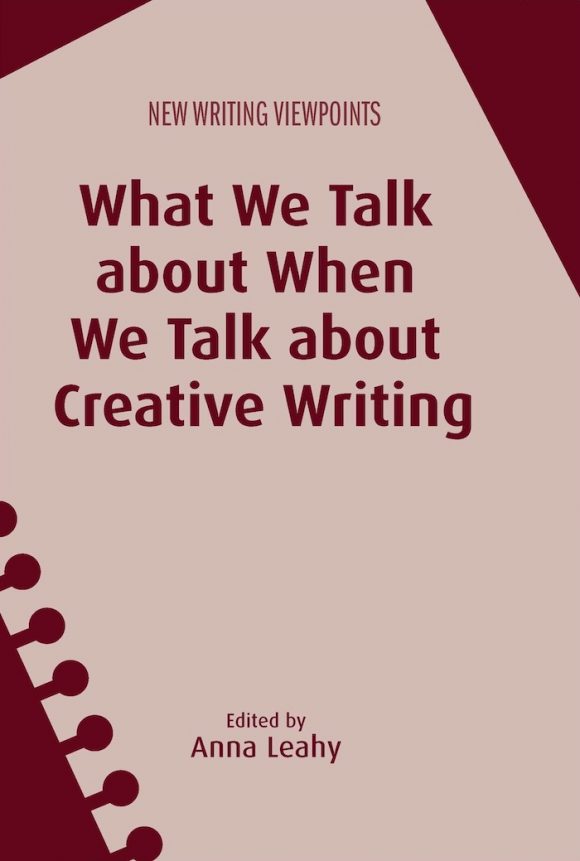
“It’s an intellectual conversation, not a real-time conversation,” says Leahy.
The book, published July 15 by Multilingual Matters, commemorates the 10th anniversary of the publisher’s New Writing Viewpoints series, which debuted with Leahy’s Power and Identity in the Creative Writing Classroom.
The 14 essays in the new book, intended for instructors of creative writing at the college level or MFA students planning to pursue teaching, include two conversations among groups of Chapman faculty.
In “Text(ure), Modeling, Collage: Creative Writing and the Visual Arts,” Leahy guides an interdisciplinary discussion of the convergences between very different types of compositions with Lia Halloran, assistant professor in the Department of Art, and graphic artist Claudine Jaenichen, an associate professor and chair of the Department of Art. The conversation addresses such ideas as the roles of studios and apprenticeships, the concepts of critiques and revisions, and the connections between education and careers.
“What we found was amazing similarities and really important distinctions, based on the medium or how we think about audience,” Leahy said. “I think we all learned a lot, and that’s what I hope the conversation essays do. In participating in the conversation, you’re actually learning as you’re writing.”
In “The Program Beyond the Program,” novelist James P. Blaylock, a professor in the Department of English and the director of the creative writing program, collaborates with Leahy as well as with Douglas Dechow, Ph.D., digital humanities and science librarian, and Jan Osborn, Ph.D., assistant professor of English.
“There’s coursework and requirements and the stuff in the catalog and that’s clear, but a program is really more than those parts,” Leahy says. “So we talk about how to build those other parts, how to integrate what might be considered extracurricular activities with the curriculum.”
Two examples at Chapman are the annual Pub(lishing) Crawl, when successful writers, agents or others in the field are invited to campus to talk about not only the craft but the business of writing, and Tabula Poetica, which stages an annual series of poetry readings and lectures and publishes the journal TAB.
The book concludes with Leahy’s essay, “Political, Practical, and Philosophical Considerations for the Future,” which addresses inclusivity, a pressing issue for creative writing in the next 10 years, Leahy says.
“Getting multiplicity of voices in creative writing programs is very important for the future,” she says. “I think this applies to race or gender or any category you want to look at: Bias increases as you move up. So let’s say in terms of creative writing, in undergraduate programs the bias is not terrible, but it’s going to increase in the MFA program, so you see fewer writers of color, fewer women. In Ph.D. programs, there are stark numbers. What I think is terrible about the numbers for creative writing is they look worse than the national average for other masters programs. When I think of creative writing, I don’t understand why it wouldn’t be more diverse.”
It sounds like the beginning of yet another conversation.
Featured image at top: Anna Leahy, Ph.D., associate professor in the Department of English, edited a collection of collaborative essays that included contributions from Leatherby Libraries’ science librarian Douglas Dechow, Ph.D. The couple also co-author the blog Lofty Ambitions.
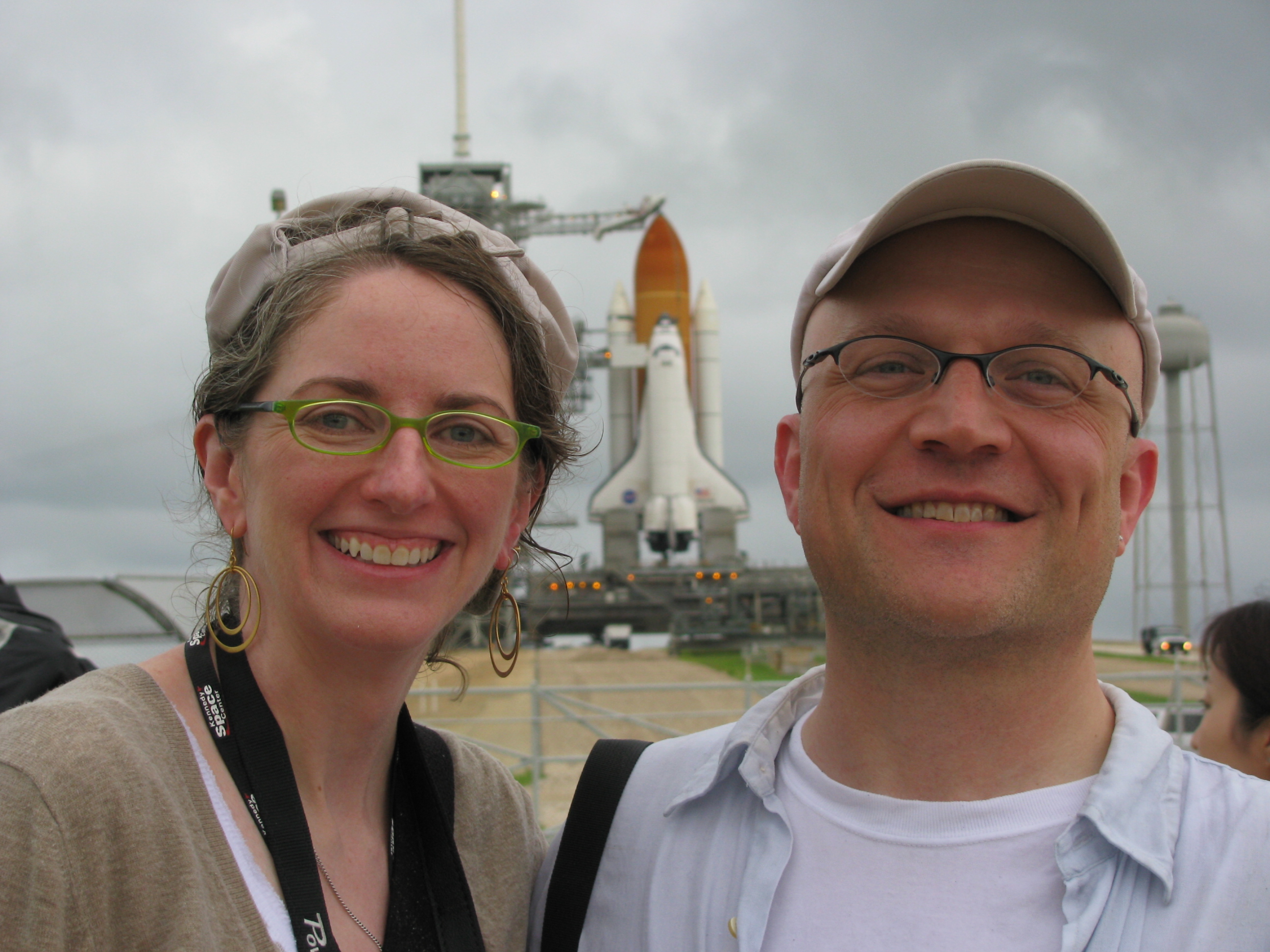
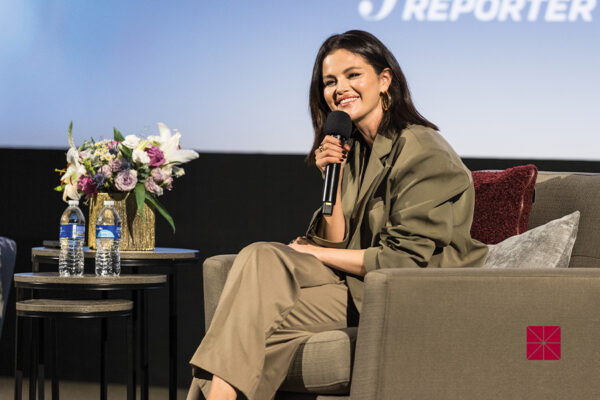
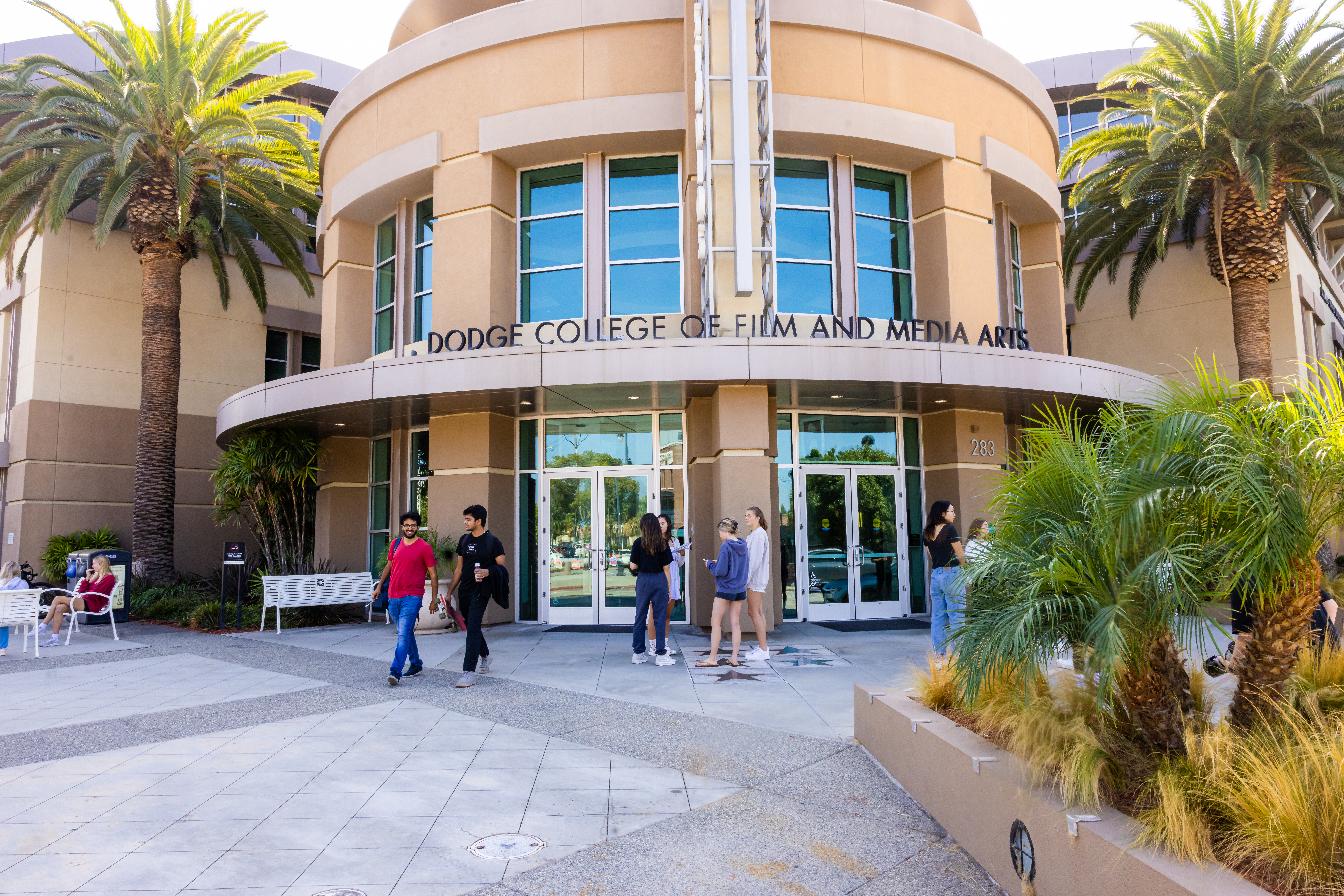
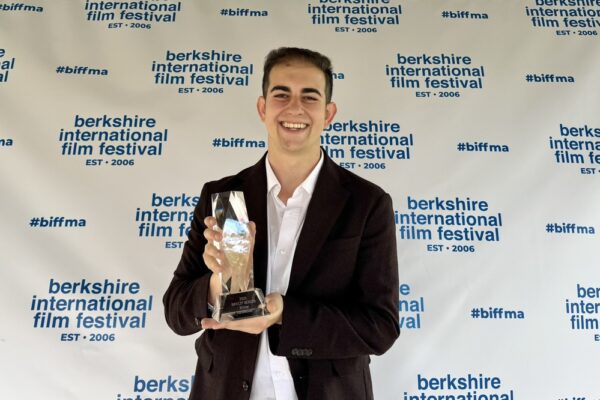

Add comment